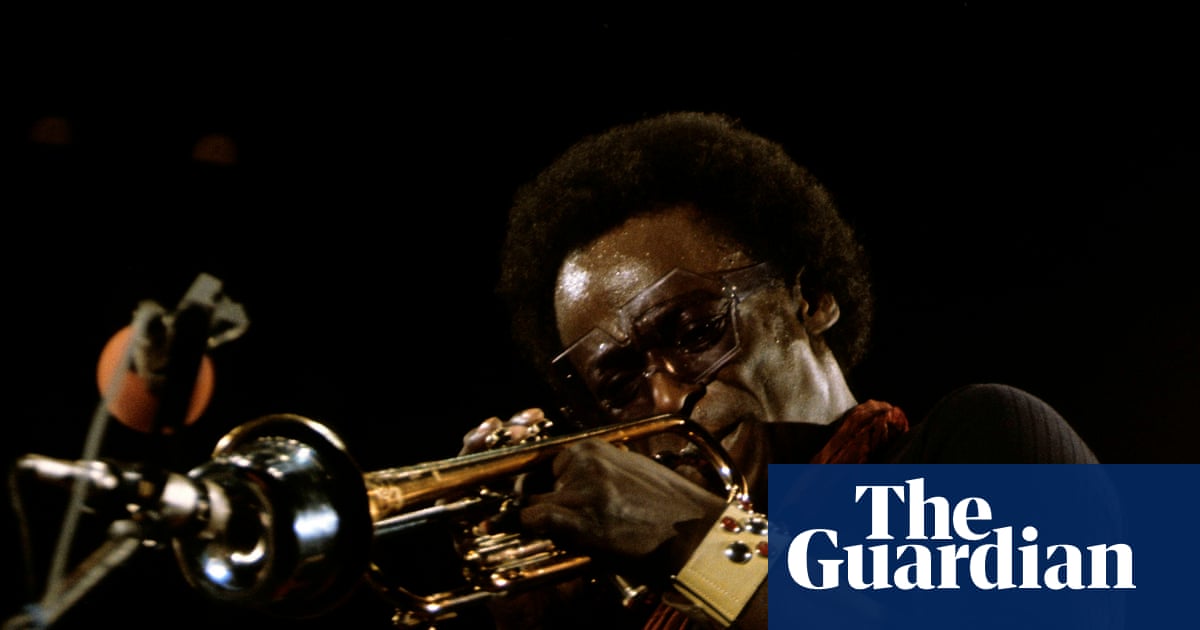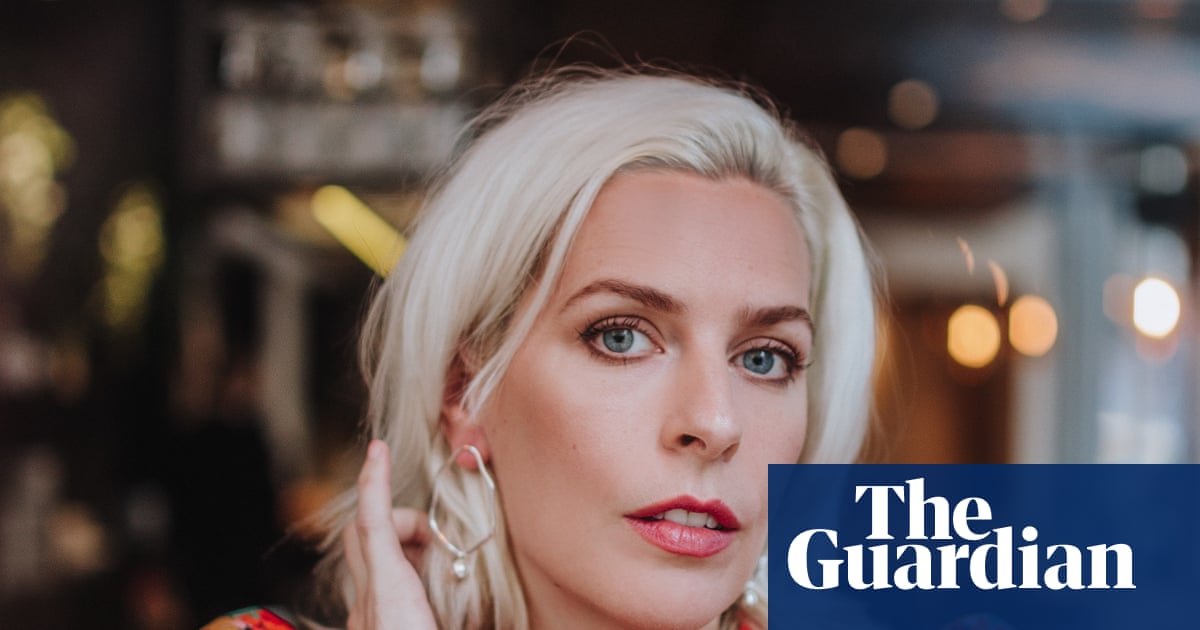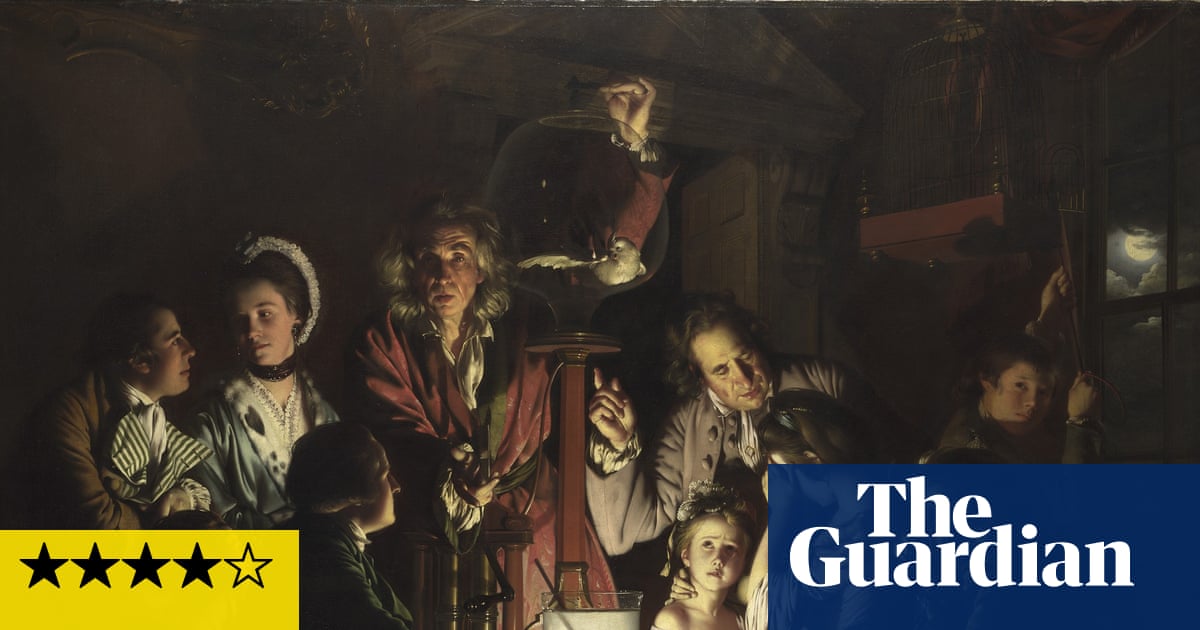The great Australian director Peter Weir is perhaps underrated as an auteur, simply because his filmography doesn’t follow any thematic or stylistic principle; each of his contributions feels like a complete work of art unto itself. While Picnic at Hanging Rock remains his finest work, his foray into Hollywood culminated in the utterly transfixing, intermittently horrifying Jim Carrey vehicle The Truman Show. Almost 30 years after its theatrical release, the film has only grown in stature and prescience.
Ostensibly a dark satire on voyeurism and the inexhaustible manipulations of the media, The Truman Show predated the television juggernaut Big Brother by a single year, and it’s hard not to see something causal in that. Both are about surveillance and the murky line separating reality from entertainment; both involve hidden cameras watching the participants’ every move. The key difference – the one that gives the film such moral potency – is that Truman doesn’t know he’s on TV.
The film follows Truman Burbank, an insurance salesman whose entire life takes place not on the island of Seahaven as he believes, but on an elaborate film set. His family, including his perky wife, Meryl (Laura Linney), best friend, Marlon (Noah Emmerich), and even his mother (Holland Taylor), are paid actors desperate to keep the illusion alive and the show on air. Pulling the strings is the God-like Christof (Ed Harris), who directs the show from the “moon”.
When the film begins, Truman already longs for a way out while pining for Sylvia (Natascha McElhone), the girl who got away – or rather was shipped off set for screwing with Christof’s casting plans. Seahaven’s antiseptic cleanliness and sunny palette may obscure its insidious, monocultural grip. But as Truman’s suspicions grow, and the community conspires to keep him both ignorant and imprisoned, things get very dark indeed. It’s the creepiest film in full light I know (and yes, I’ve seen Midsommar).
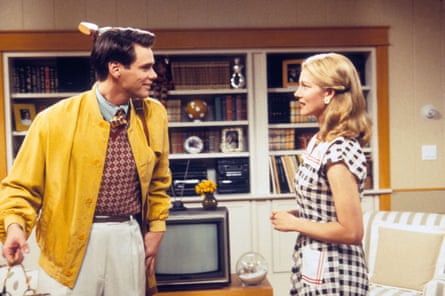
The first sign comes, in the opening minutes, from the heavens: a large stage light falls from the sky, smashing on to the street outside Truman’s cookie-cutter house. The interruptions continue from a mixed radio signal to a false elevator, and we find ourselves cheering Truman on as he forces open the doors of perception. Christof – with a fascistic tendency to throw his actors under the bus – tries the soft power of diplomacy first, sending Truman’s wife and mother as agents of compliance. When they fail, Christof sends the deadliest weapon in his arsenal: the best friend.
after newsletter promotion
It’s in this central scene that Weir shows his allegorical hand. Marlon placates Truman with the undeniable lure of fraternity: “Think about it, Truman. If everyone was in on it, I’d have to be in on it too.” But he’s being fed his lines directly by the repugnant Christof. We are in the world of the Stasi, of an authoritarianism that infects the domestic sphere, poisons the very words coming out of our mouths, and Emmerich, as Marlon, brilliantly captures the moral price the conformist pays to maintain the status quo. All the horrors of political supplication are written on his face.
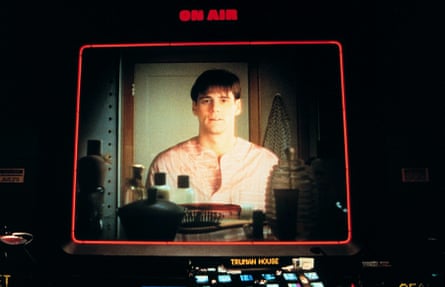
Carrey is sublime, and we can be thankful Weir waited a full year in pre-production to secure him. His cheesy grin and “good afternoon, good evening and good night” evoke the gee-willikers optimism of 50s middle America, and he’s so perfectly in sync with the simulated world around him that his doubt and determination once the veil drops feel almost revolutionary. Carrey’s precision as a comic performer creates a flawless carapace under which his existential essence seethes.
One of the miracles of The Truman Show is the way it trades in both the allure and the artifice of cinema; it’s like a magician revealing mid-trick what’s up their sleeve. Production designed to within an inch of its life and equally emotionally contrived, Seahaven still seduces because it plays as much on our fears as our dreams. It’s no accident Christof has to invoke lifelong phobias in Truman to keep him “safe”.
Rewatching it now, Weir’s masterpiece feels less about voyeurism and the entertainment industry and more about the individual and their relationship to the state. We’ve created a world of pure solipsism, where we are all our own Truman and Christof combined, endlessly editing and curating our lives in the hope someone’s watching. But we are still in thrall to an economic model that sees everything for sale; remember The Truman Show can only exist because its world is littered top to toe with product placement. It’s a hermetically sealed ecosystem of wealth promotion that rides roughshod over the rights of the individual. Sound familiar?
-
The Truman Show is streaming on Stan (Australia) and available to rent (US/UK). For more recommendations of what to stream in Australia, click here

 4 hours ago
10
4 hours ago
10





